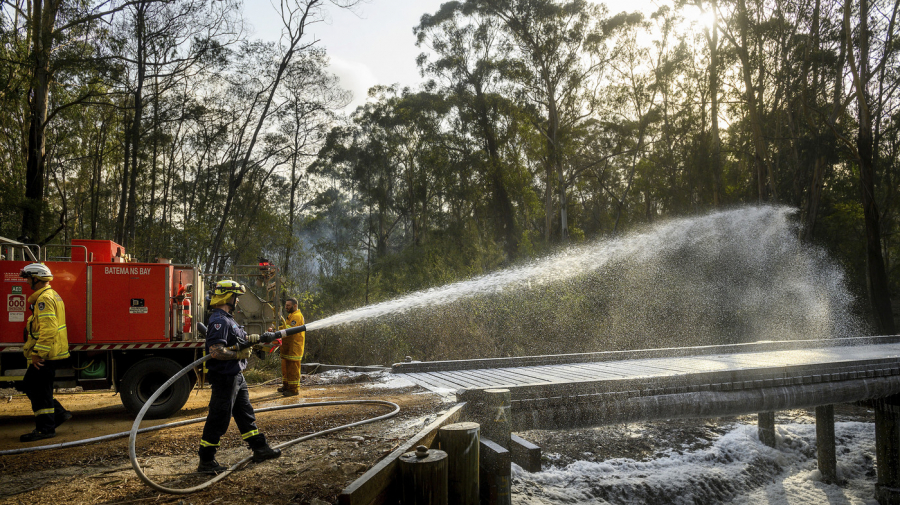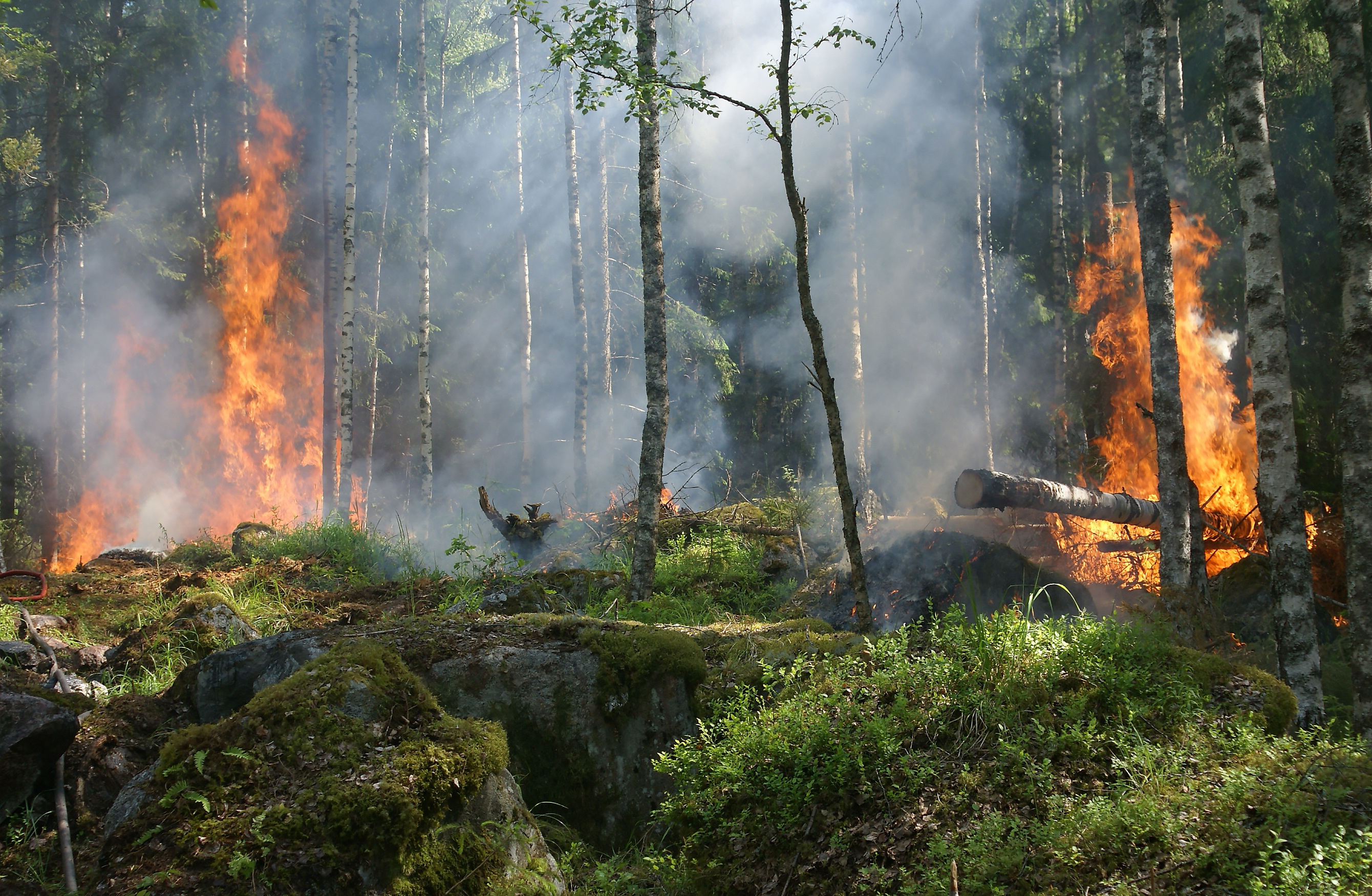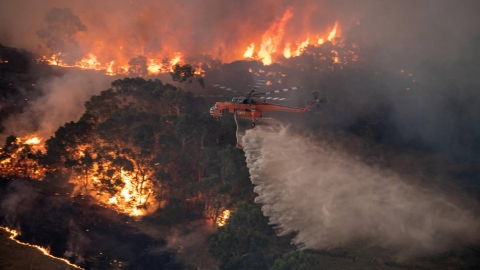The state of New South Wales has been the most devastating in Australia's ongoing bushfire season since mid-2019, with 6 million hectares of forest and residential areas affected by more than 136 fires that have continued for months. Last month, the latest fires in NSW were described as "horrific, exhausting and worrying." Deputy Commissioner of the Local Fire Service, Rob Rogers, said it had been "a truly devastating bushfire season for firefighters and residents who have suffered greatly."

As of March 2, the New South Wales Fire Service happily announced that all the fires here had finally been extinguished: "Since the bushfires began in early July 2019, this is the first time all the fires have been extinguished. It is the result of more than 240 days of combined firefighting efforts in this state."

In addition to the efforts of the government, firefighters and residents, the fires were brought under control in part thanks to days of torrential rain. The rain helped put out more than 30 fires in one day. However, the heavy rains also caused dangerous flooding and strong winds, causing many deaths and property damage. Several towns were evacuated and many schools were closed to ensure the safety of residents.
Since July 2019, Australia has been ravaged by devastating bushfires that have killed at least 28 people, destroyed about 3,000 homes and affected up to a billion animals. Many World Heritage sites have been devastated, such as the Blue Mountains and Gondwana Rainforests in New South Wales and Queensland, according to authorities.






























